 Plant Nature Study II
Plant Nature Study II
Plant Nature Study II
Plant Nature Study II


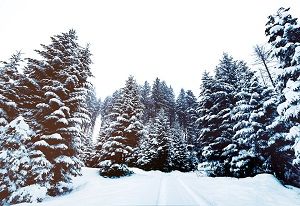
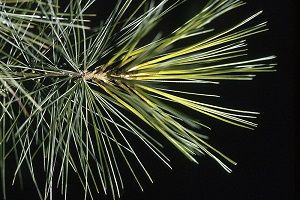
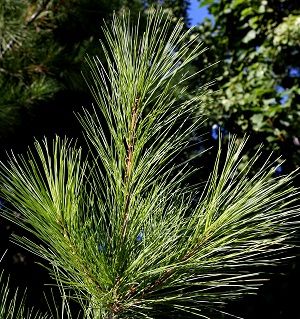
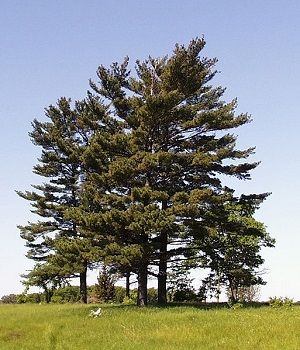
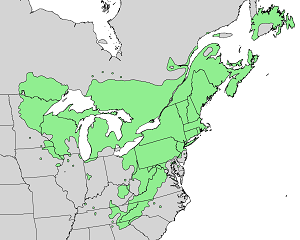
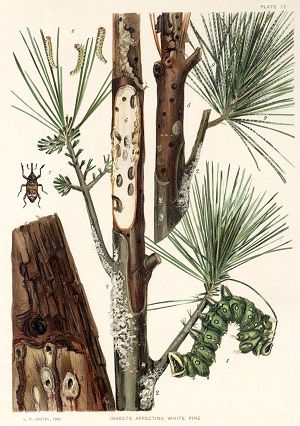
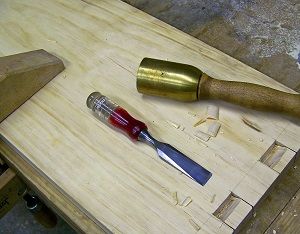
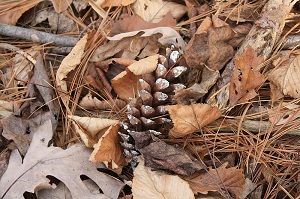
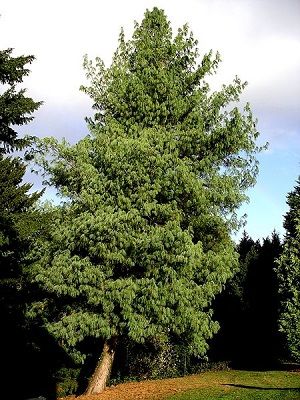
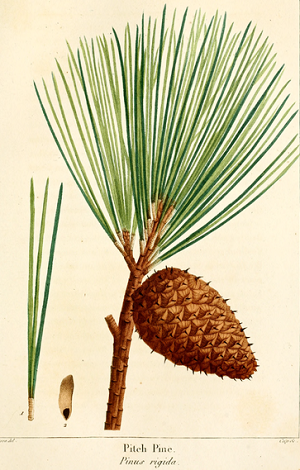
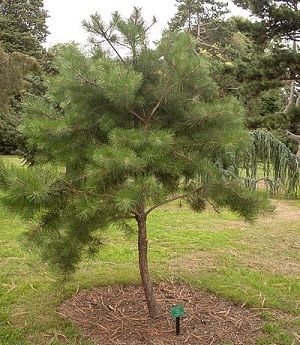
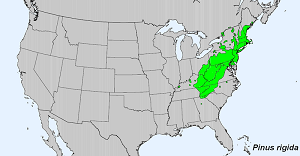
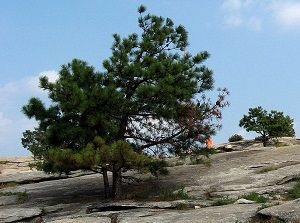
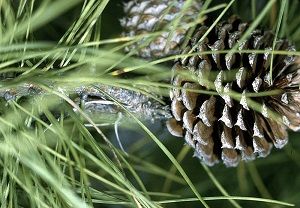
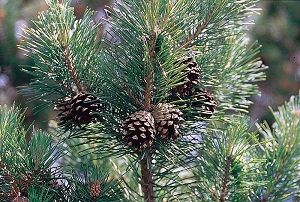
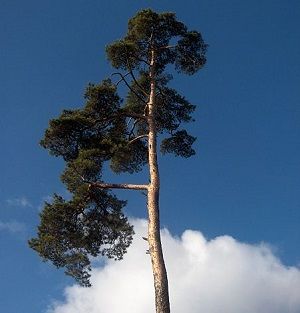
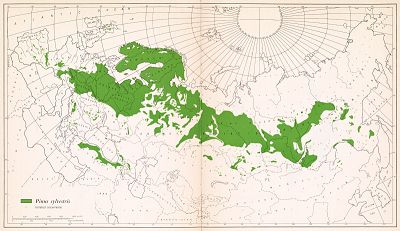
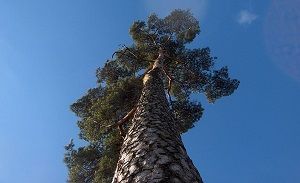
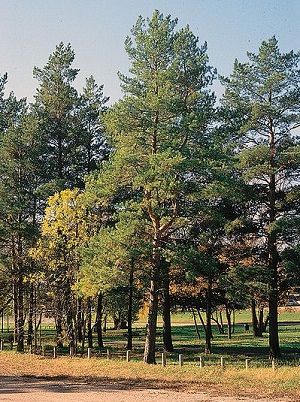
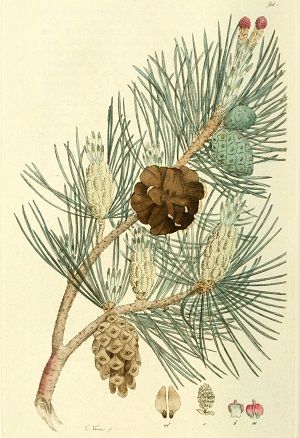
 Plant Nature Study II
Plant Nature Study II
Plant Nature Study II
Plant Nature Study II

Study the lesson for one week.
Over the week:
NEEDLES AS LEAVES
Needles are actually thin leaves that are found on some conifers.
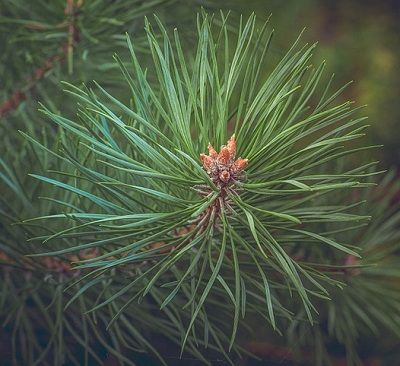
Each needle cluster is called a fascicle.
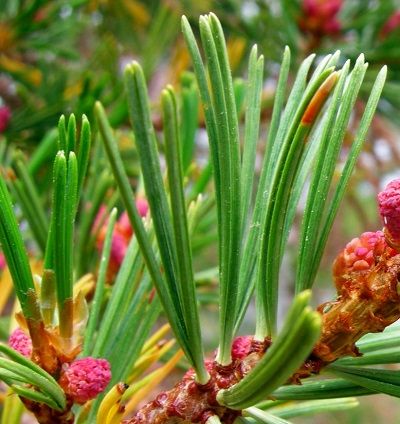
Needles have a thick outer layer called a cuticle, which prevents water loss.
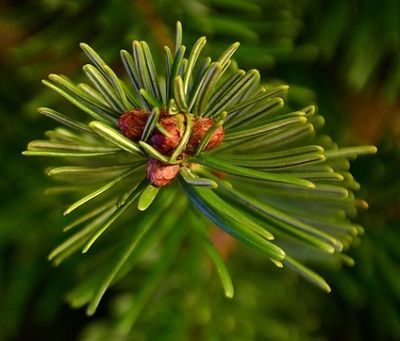
Needles have holes that open and close, called stomata, in their cuticles to uptake carbon dioxide for photosynthesis.
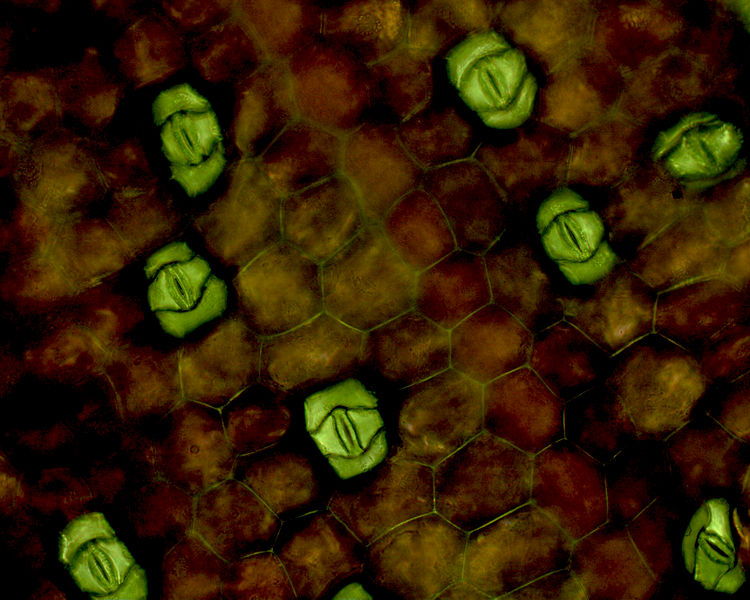
Unlike deciduous trees that lose their leaves each autumn, evergreen trees such as pine trees undergo photosynthesis all year-round.
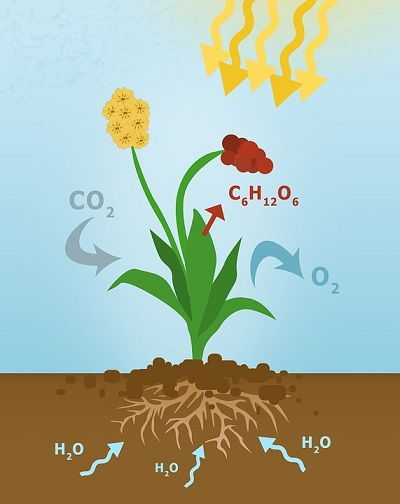
However, needles have far less surface area than deciduous leaves (pictured), limiting the amount of solar energy they can collect.
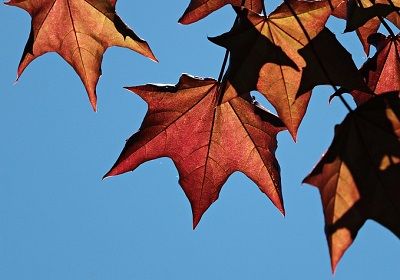
Activity 1: Narrate the Lesson
Activity 2: Study the Lesson Pictures
Activity 3: Take a Nature Walk
Activity 4: Complete a Field Book Entry

After your nature walk, complete page 43 in 'Science Field Book for Fourth Grade.'